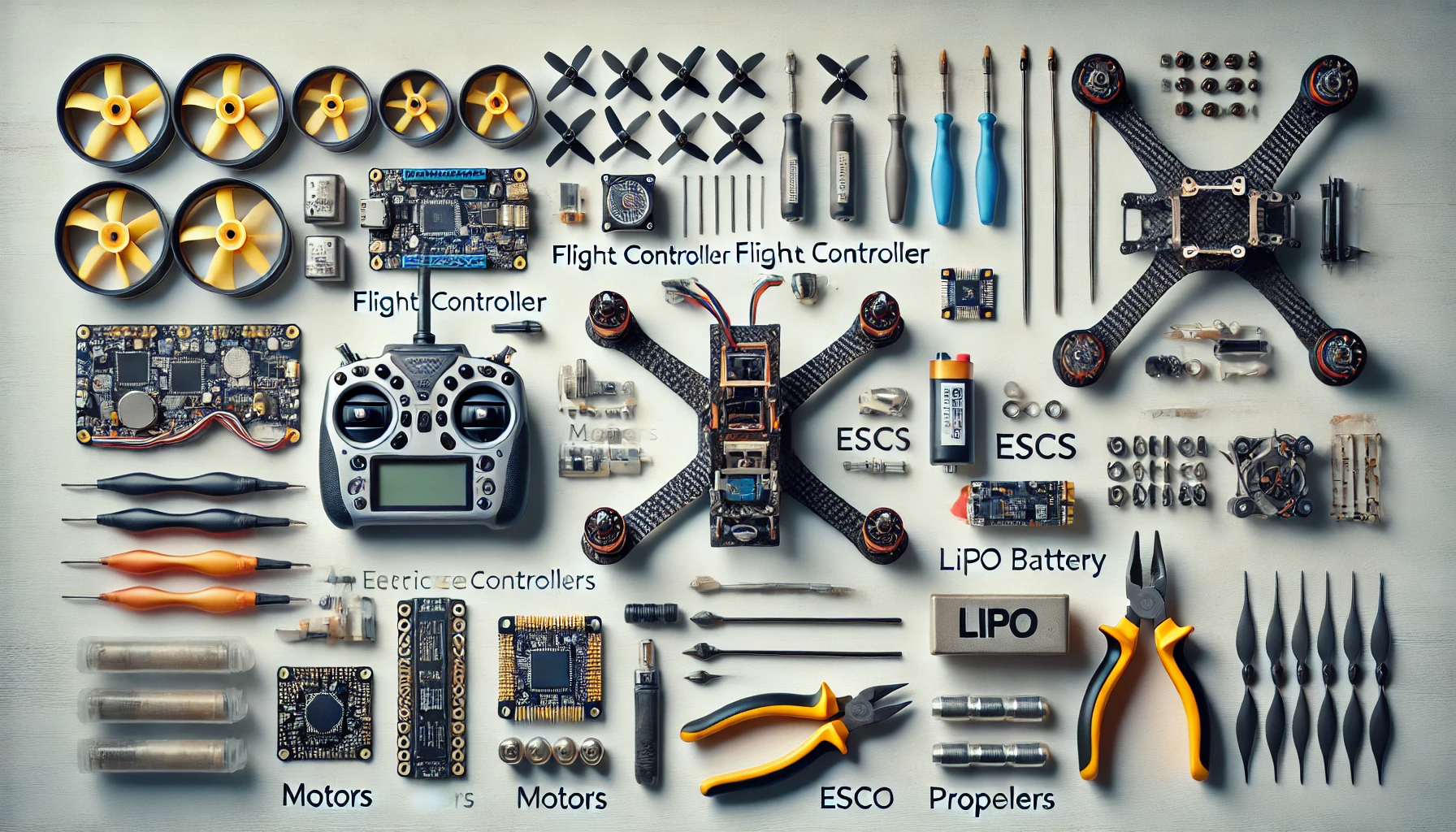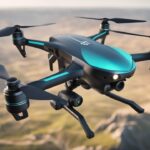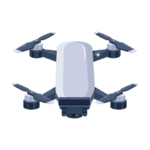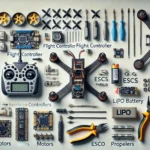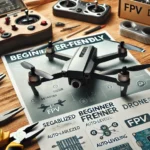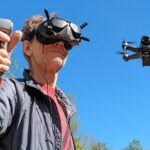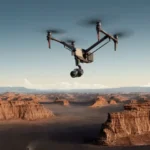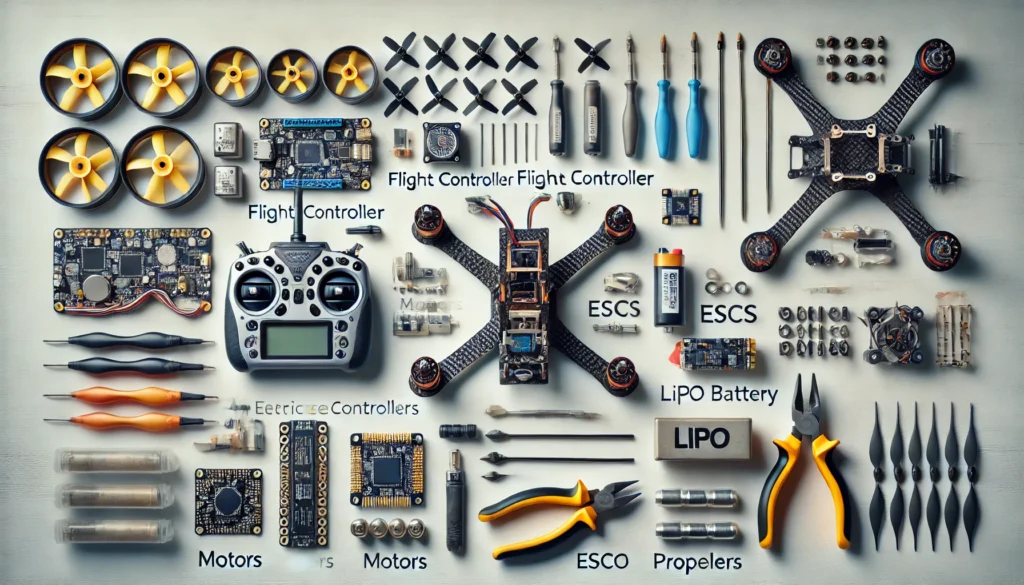
Introduction
Want to experience the thrill of First-Person View (FPV) drone flying? Building your own drone from a kit is incredibly rewarding. These kits give you all the parts; you customize it to fit your level and preferences. This guide will explore FPV drone build kits for all skill levels.
What is an FPV Drone Build Kit?
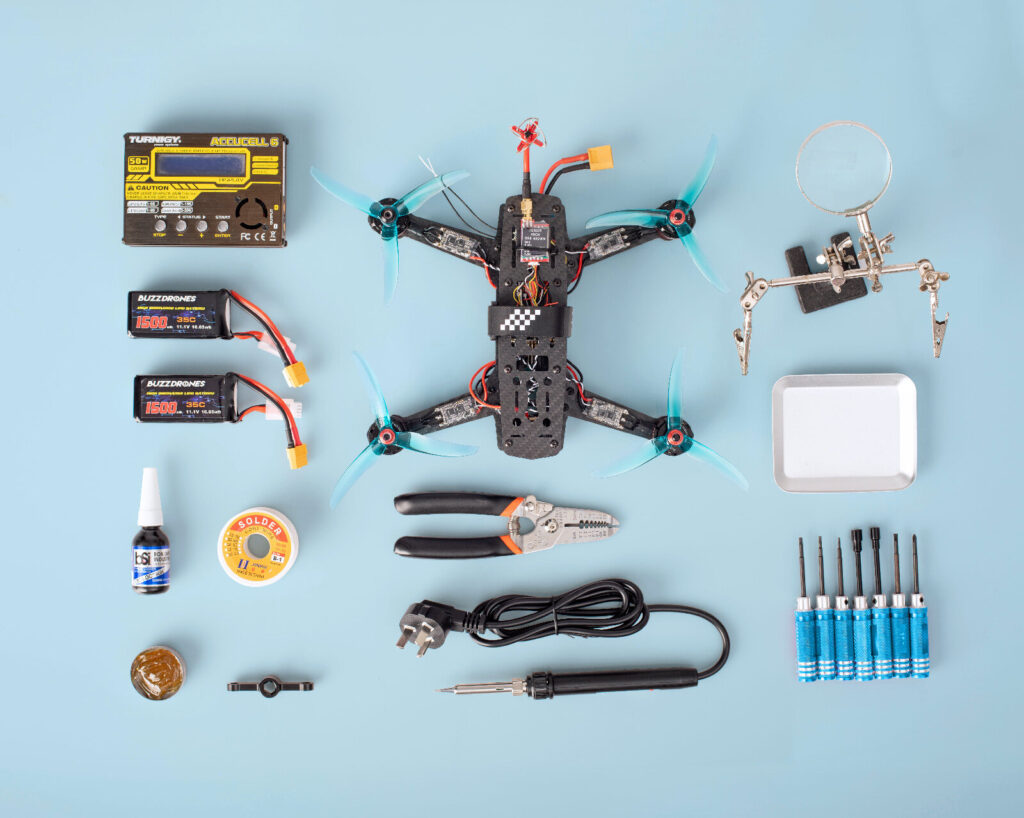
An FPV drone build kit is, simply put, a bundled collection of all those different drone components. It typically includes: flight controller, motors (the most important), ESCs (Electronic Speed Controllers), the usual frame, and several other extras. With it, building your own FPV system will remove tedious individual part-checking!
Why Build Your Own?
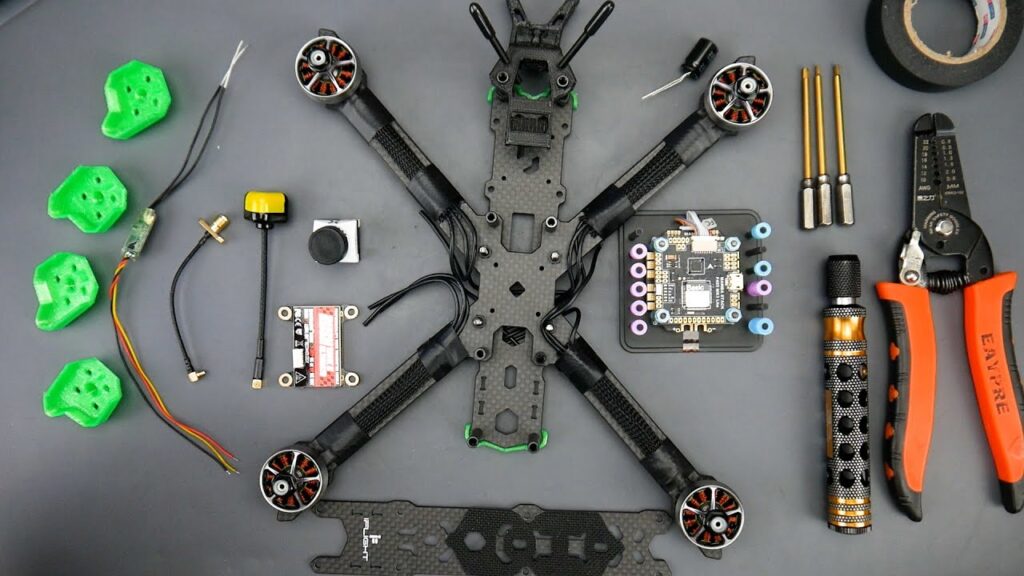
Why build instead of buying pre-built? Well mainly—it’s about having real customizability! You’ll also benefit heavily by gaining knowledge and becoming, inevitably, an ever more expertized flyer through practice. Overall, in the more practical financial aspects of drone creation, a well-decided (or not) plan on budgeting can help make customizability more worthwhile—or costly—of course.
Key Components
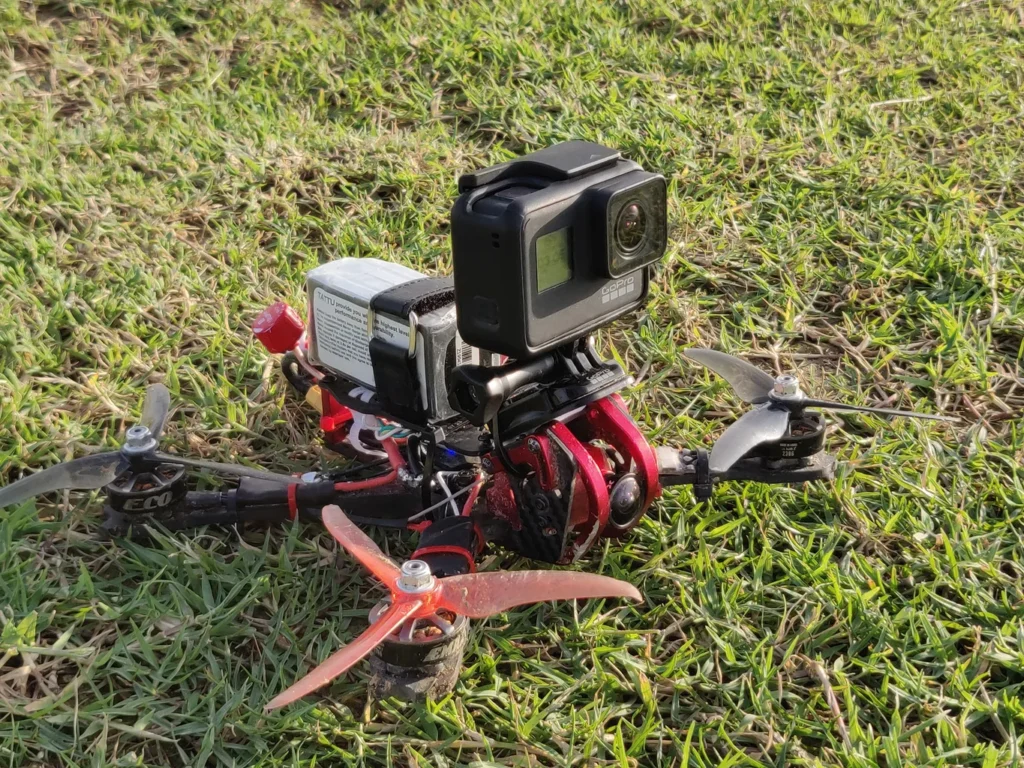
Let’s dive into the FPV building:
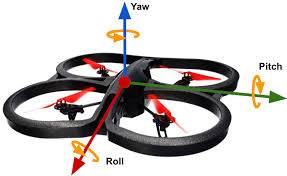
- Frame:
The frame is the drone’s body. It cradles parts, thus preventing it all from simply falling asunder—hopefully. Consider size options—5, 6, and 7-inch. Smaller frames often suit racing; larger frames support longer flights. Mostly it’s built from flexible but resilient carbon fiber—but don’t fret, as others exist too. Those cheaper plastic ones won’t cause lasting damage, at least not too much harmfully.
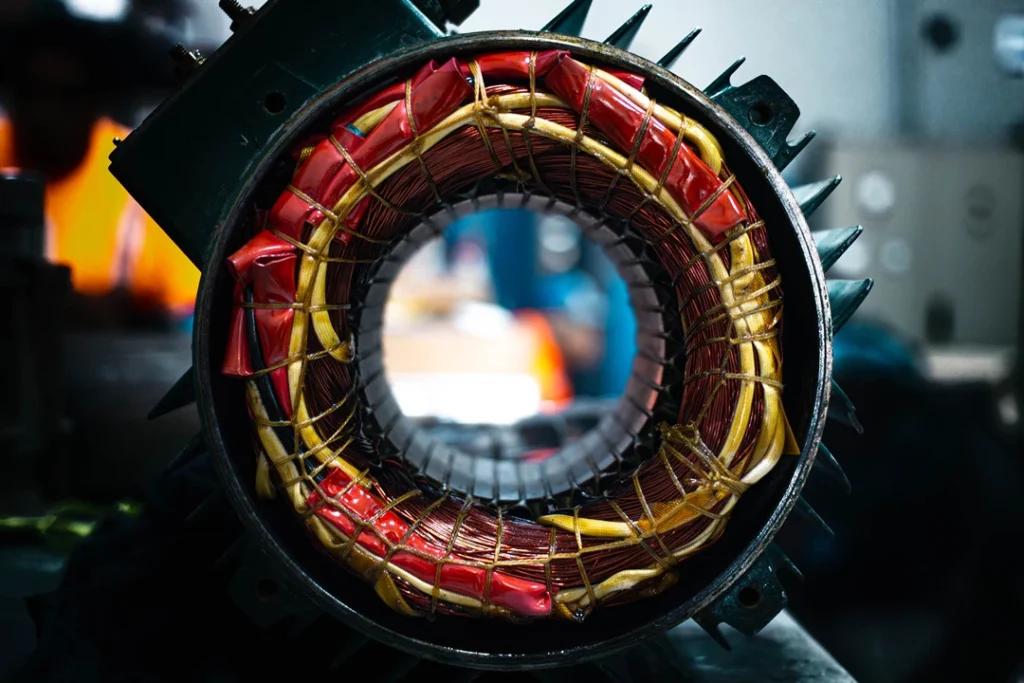
2. Motors
These give essential energy for flights—making every hop, skip, and soar come truly smoothly—provided no crash occurs along the way, of course. Larger frames will use more motors, and smaller ones would employ fewer to carry less weight. Size-KV Rating: Choose them keeping the intended drone type in mind and flight usage expectations. Higher KV values indicate more speed, perfect for racing-oriented goals.
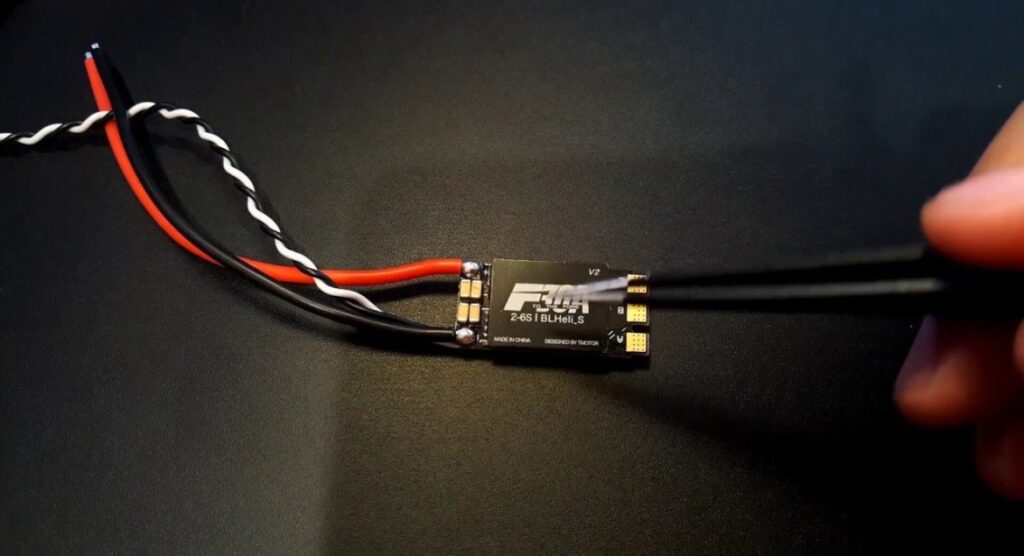
3. Electronic Speed Controllers (ESCs):
Every engine must also have its own “gas.” The ESCs measure and balance signals from the flight’s brain, allowing the motors to work and adjust seamlessly. Simply put: it’s matching parts for matching functions in a given motor quantity in each drone you decide to build.
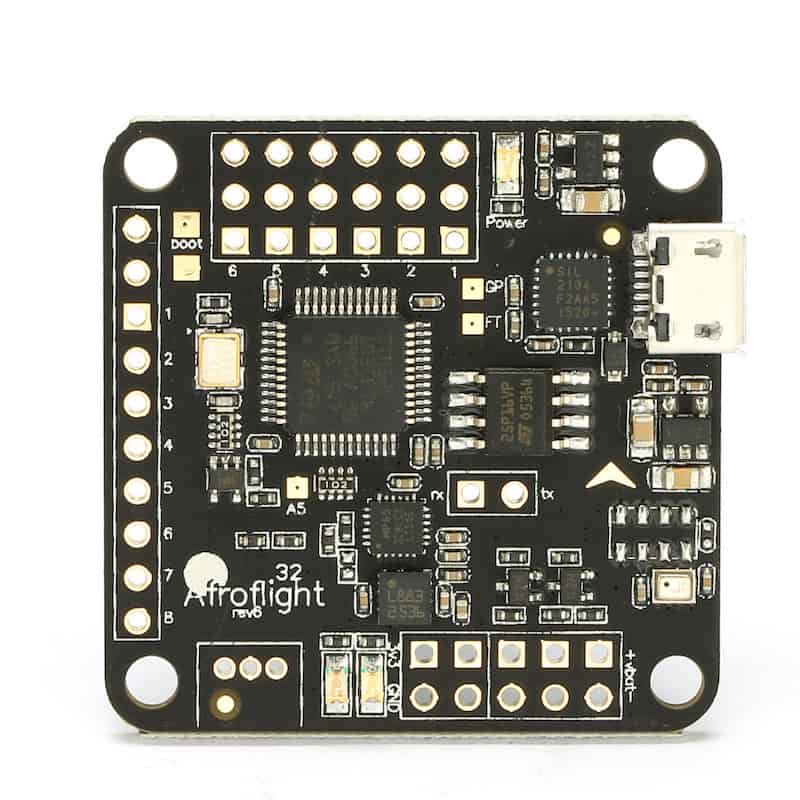
4. Flight Controller:
The FPV ‘brain’ manages data coming from accelerometers, gyros, etc., stabilizing it for flight; it also takes the controller’s instructions—transferring and implementing everything properly so flights fly straight and true. It is recommended to pay extra care when selecting it. Consider the compatibility with preferred firmware before you make your final decision. Betaflight, ArduPilot, etc. often determine flight functionalities and styles that all suit their own flying goals. Be decisive and consider those nuances of FPV flight controllers.
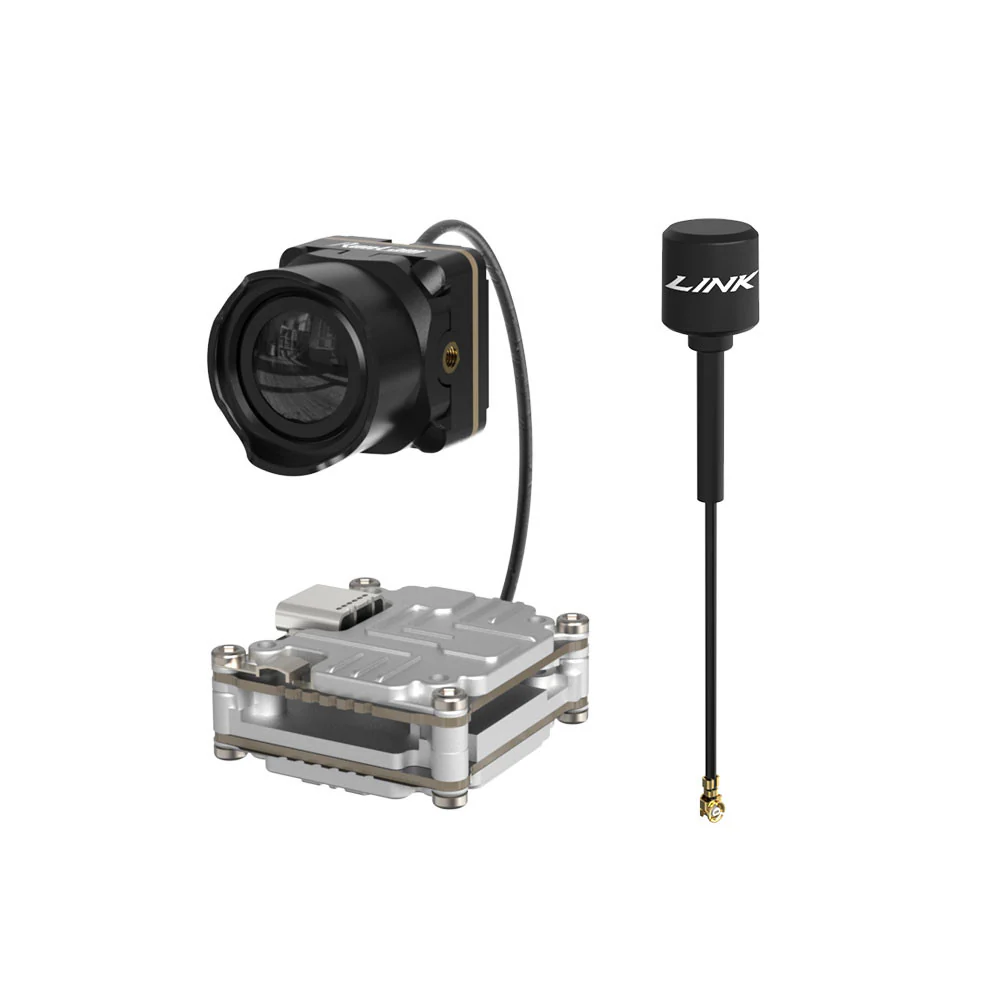
5. FPV Camera and Video Transmitter (VTX):
Crucial features. The camera provides up-close POV footage onto a viewer on screen; the VTX sends info to goggles or monitors of the drone’s own visuals. High picture quality (from FPV’s high-definition cameras/visual feeds via the video component, in itself). Cameras are not cheap and do not require lesser considerations. Sizes determine light and quality output, so carefully study what features matter most in the specifics. Choose a suited-sized VTX with an appropriate power level for the coverage your area allows—also, because higher outputs could conflict negatively with local laws in some areas.
Propellers:These carry significant importance too. There are various material types, each with implications based on both the frame size and motor specs. Selecting them in synergy with the frame and motors is essential. They affect more than you might think. Both diameters and their actual pitches influence the end results.
Battery: LiPo (most frequently seen type within them). Match battery capacity in volts/amps; C Rating depicts discharge limits, so you need to gauge that amount when choosing. High ‘Cs’ provide power outputs with higher currents, but this factor plays a role in flight capabilities. Excessive discharge (drain and speeds) is ultimately not meant for prolonged, lasting flight types!
Transmitter and Receiver: These units must ‘talk’ properly, hence pairing needs proper synchronization. You can find these aspects have further specific nuanced issues, such as being around 2.4 GHz frequencies for primary communications, while video will often be located around 5.8 GHz. You need them compatible to sync properly.
Build Kit Recommendations
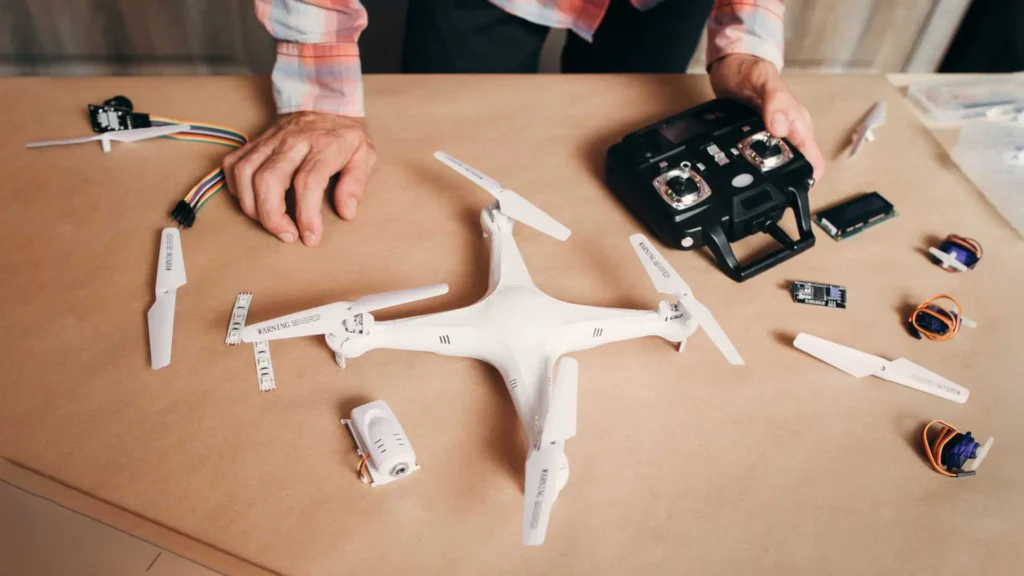
For better FPV drone outcomes, follow your chosen methods based on your skill levels. Your experience level affects the kits you prefer. Start with easy type sets and gain skills through multiple phases. Flying Style Considerations: long-flight kits/racing-oriented specialized build types are often categorized with expected functionality in mind. Their costs differ and are not always interchangeable, either, for cost-effectiveness reasons. Set a strict budget to aid in the selection of components that are better suited for each aspect. This will help you make the right decisions and ensure a smooth build.
Conclusion:
Building FPV drones helps you rapidly gain expertise, advancing your learning through multiple creations and flights. Good tech assistance and a thriving user base community can improve your knowledge and help solve eventual challenges along the way.
